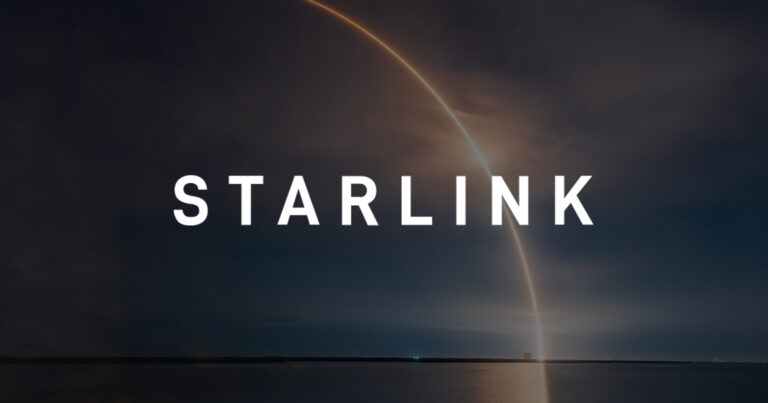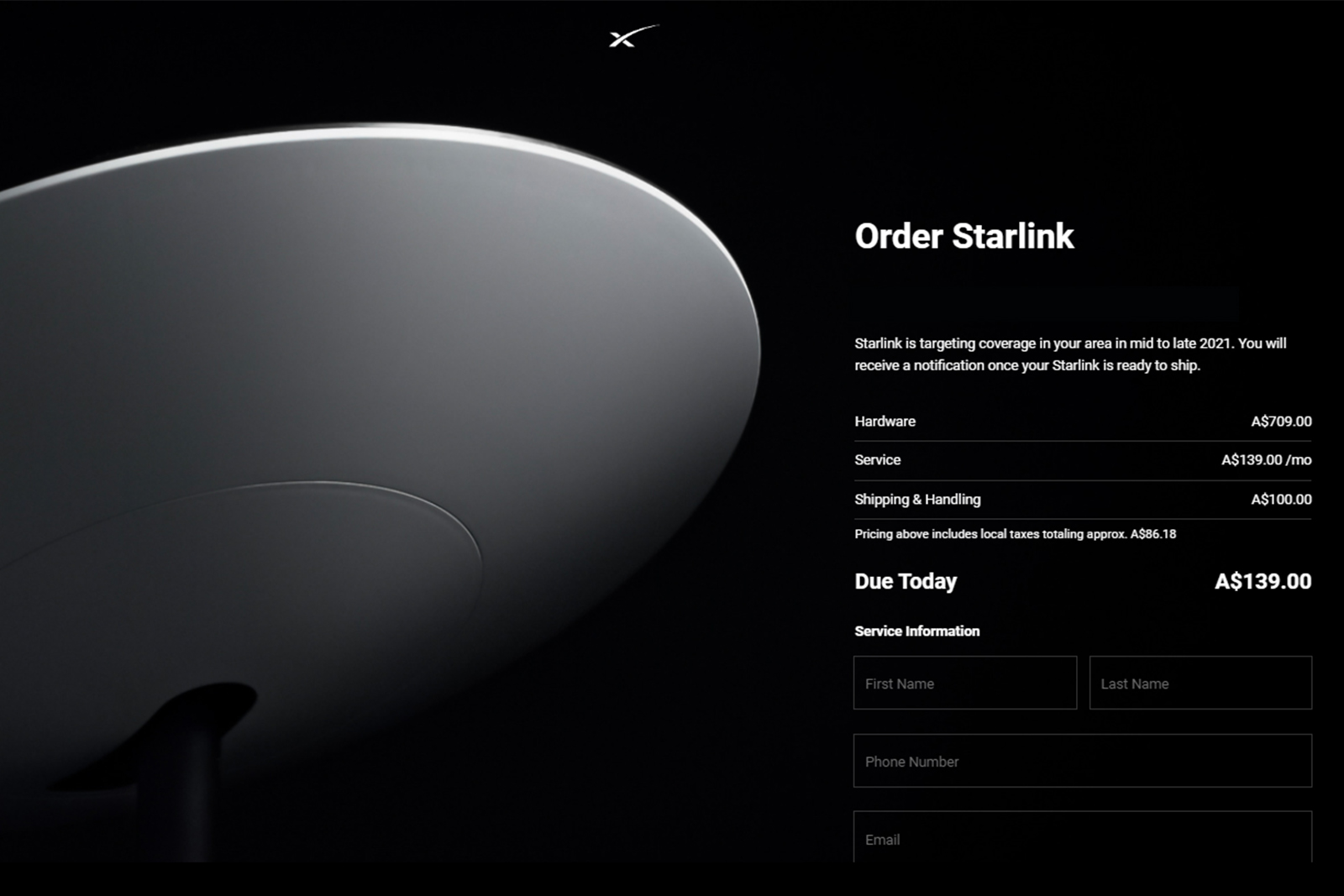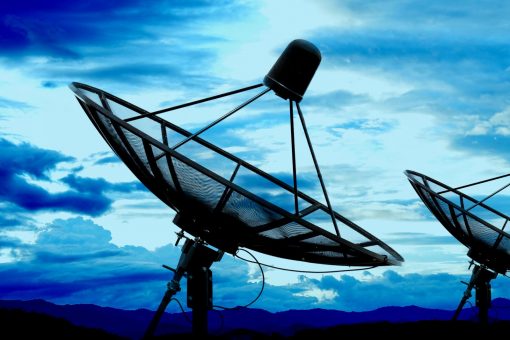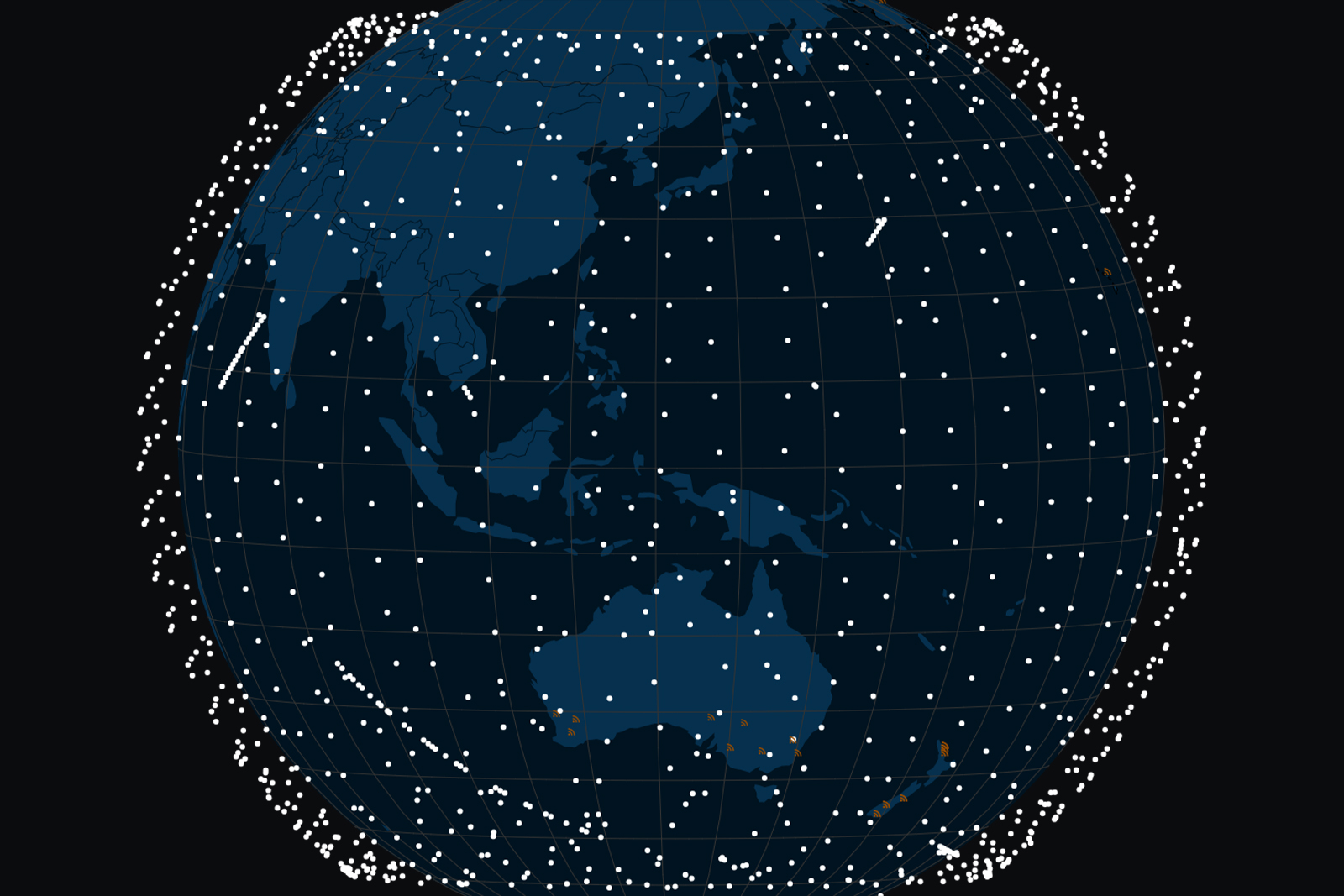Optus Mobile Review ALDI Mobile Review Amaysim Mobile Review Belong Mobile Review Circles.Life Review Vodafone Mobile Review Woolworths Mobile Review Felix Mobile Review Best iPhone Plans Best Family Mobile Plans Best Budget Smartphones Best Prepaid Plans Best SIM-Only Plans Best Plans For Kids And Teens Best Cheap Mobile Plans Telstra vs Optus Mobile Optus NBN Review Belong NBN Review Vodafone NBN Review Superloop NBN Review Aussie BB NBN Review iiNet NBN Review MyRepublic NBN Review TPG NBN Review Best NBN Satellite Plans Best NBN Alternatives Best NBN Providers Best Home Wireless Plans What is a Good NBN Speed? Test NBN Speed How to speed up your internet Optus vs Telstra Broadband ExpressVPN Review CyberGhost VPN Review NordVPN Review PureVPN Review Norton Secure VPN Review IPVanish VPN Review Windscribe VPN Review Hotspot Shield VPN Review Best cheap VPN services Best VPN for streaming Best VPNs for gaming What is a VPN? VPNs for ad-blocking After successfully burrowing underneath Los Angeles and Las Vegas with his Boring Company’s high-speed tunnels, Musk’s extra-terrestrial venture, SpaceX, set its sights on a satellite internet solution known as Starlink. The goal? Provide satellite internet access to the entire world with thousands of small satellites in Earth’s orbit. Understandably, many Australians are excited about the prospect of having a more reliable satellite internet solution than what the NBN’s Sky Muster system currently offers but it’s still early days for Starlink in Australia and its footprint is quite small. Still, if all goes to plan, there’s a bright future for regional Australians outside of the fixed-line NBN footprint. In the meantime, here’s what to expect from Starlink in Australia and when you can expect it to be available in your area. While Starlink is a very different type of satellite and internet connection to NBN’s Sky Muster, the broad principle is generally the same. Starlink satellites in orbit communicate with transceivers on the ground and deliver a wireless signal to a terminal in your home (which plays the same role as a roof-mounted NBN dish). Australians who rely on satellite internet are particularly excited for Starlink’s rollout because it offers unlimited data and has the potential for much faster speeds than Satellite NBN. Once you’re connected, you’ll also have to pay a $924 fee for the hardware plus a $115 shipping and handling fee. This is currently discounted to $450 and shipping is free. This promo runs until the end of the year. For a comparison’s sake, we’ve included a shortlist of satellite NBN plans below: Plans sold on NBN Sky Muster only advertise speeds of 25Mbps. They do have the potential to boost higher than that but it’s subject to network capacity. On the other hand, Starlink’s advertised speeds range between 20Mbps and 100Mbps. Then there are the data limitations. Unlike fixed-line NBN, where almost every provider and plan has shifted to unlimited data quotas, most satellite NBN providers offer peak (7 am to 1 am) and off-peak data limits. More data is typically allocated in off-peak times to reduce the amount of congestion on the network during peak hours. In stark contrast to a convoluted system of on-peak and off-peak data caps, Starlink currently offers unlimited data. In terms of pricing, Satellite NBN can cost anywhere from $34.95 per month for Activ8me’s 150GB (15GB peak/135GB off-peak) plan and $199.95 per month for SkyMesh’s Sky Muster Plus plan with 150GB of usage for video and VPN. In comparison, Starlink offers one simple plan at $139 per month. You do however have to pay $924 in hardware fees, and $115 in shipping and handling. Sky Muster NBN hardware and installation is free. At present, Starlink is offering a discounted hardware fee of $450 with free shipping. This deal lasts until the end of the year. While Starlink can cost a little more than Satellite NBN at a baseline, the unlimited data and speeds involved may mean you’re getting more bang for your buck. It’s been a bit of a raw deal for rural Australians who need to rely on satellite NBN to run a business for some time now, so it’s no surprise that many people are itching are eagerly awaiting the opportunity to take Starlink for a whirl. If you’re stuck on satellite NBN in the meantime, it’s worth revisiting your bill and comparing it against the latest plans and deals. Below are the cheapest satellite NBN plans available this week. Starlink was initially only able to deliver internet to “low and remote density areas”, but can now also sell plans to people living in cities. You could, theoretically, order a Starlink plan in inner-city Sydney. Musk has however previously said that Starlink will work best in low-population-density situations. This gets you all the equipment you need to get started, including a satellite dish, mounting tripod designed for ground-level usage and a Wi-Fi router. Although many Starlink customers set up their satellite dish at ground level using the aforementioned tripod, higher elevations tend to achieve better results and opt to use a roof-mounted rack instead. This can add to the overall cost of setting up a Starlink connection, though the sum itself isn’t particularly significant and usually less than $100 (plus the cost of labor, if you have to get a contractor involved). In reality, Ookla found Starlink customers in Australia had an average download speed of 102/7Mbps across the second quarter of 2022, and an average upload speed of 10.45Mbps. Starlink services had an average latency of 49ms, however. In any case, if you’re looking to get a sense of how the cost of Starlink compares to an NBN plan with comparable speeds then you’ll want to check out the widget below. The third-party website satellitemap.space tracks the location and orbit of Starlink satellites (as well as ground transceiver locations). Below is a snapshot from the map but you can see the full interactive version here. Starlink for Business faster download speeds of between 40Mbps and 220Mbps and upload speeds of up to 25Mpbs. In addition to being faster, Starlink for Business is also more expensive. You’re looking at $374 per month in service fees, $3,740 in hardware costs, and $155 in shipping. Starlink for Business should be available in most places regular Starlink is. For example, download speeds can range between 5Mbps and 50Mbps during busy periods, and upload speeds can drop to between 2Mbps and 10Mbps. Maritime Starlink services offer download speeds between 40Mbps and 350Mbps, and upload speeds between 8Mbps and 25Mbps. Latency is much higher, however. The only guidance Starlink provides is a ping of under 99ms, which is potentially far slower than the 25ms to 50ms it quotes for its other service options. Like Starlink, 5G speeds vary based on your coverage. However, if you’re in an area with good coverage, a typical 5G home internet plan will beat Starlink on both price potential and speeds. For example, a Telstra 5G Home Internet plan offers average download speeds of around 378Mbps and upload speeds or 46Mbps. Even if Elon Musk’s prediction that Starlink speeds will double in the near future proves accurate, 5G still beats it for speed at a lower monthly spend. Check out the widget below for a round-up of cheapest 5G home internet plans.



